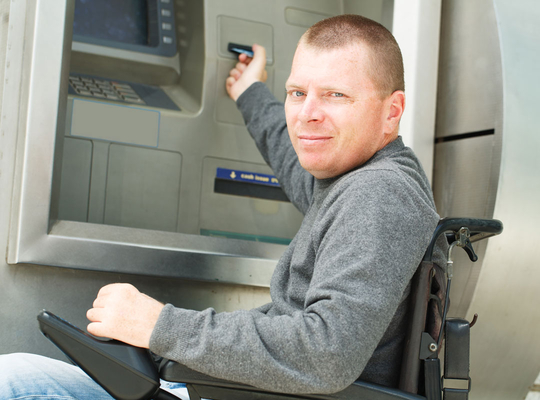You are here
Making products and services more accessible to persons with a disability

It must be easier for persons with a disability to make use of e-books, POS terminals and websites of audiovisual media services. The necessary legislation for this has been approved at the European Parliament. MEP Anneleen Van Bossuyt, who co-negotiated in the matter, is satisfied: “Manufacturers can still choose the exact way in which they are going to make their products accessible. In this way, improved accessibility and innovation go hand-in-hand.”
“Today we see that various products and services are not sufficiently accessible to persons with a disability. Nevertheless, this is crucial for taking part in daily life,” says Anneleen Van Bossuyt.
No brakes on innovation
The new legislation clearly lists which products and services must be made more accessible. “We were as future-oriented as possible when compiling that list,” Anneleen Van Bossuyt explains. “The rules will also only apply to new products and services in, for example, telephony, banking, e-commerce and transport.” The strict rules do, however, give manufacturers the necessary freedom to choose for themselves how they are going to make their products more accessible. “During the negotiations, I fought hard at every step to achieve this,” Anneleen Van Bossuyt emphasises. “Going into great long detail about how manufacturers have to make their products accessible would have stifled innovation.”
Making the environment more accessible as well
Anneleen Van Bossuyt is of the opinion that the immediate environment of the products and services in question must also be made more accessible. “What’s the advantage of an accessible ticket machine in a train station if wheelchair users can’t reach it? To make this obligation achievable, it only applies to new infrastructure or when the structure of an existing building is being comprehensively renovated,” the MEP concludes.

